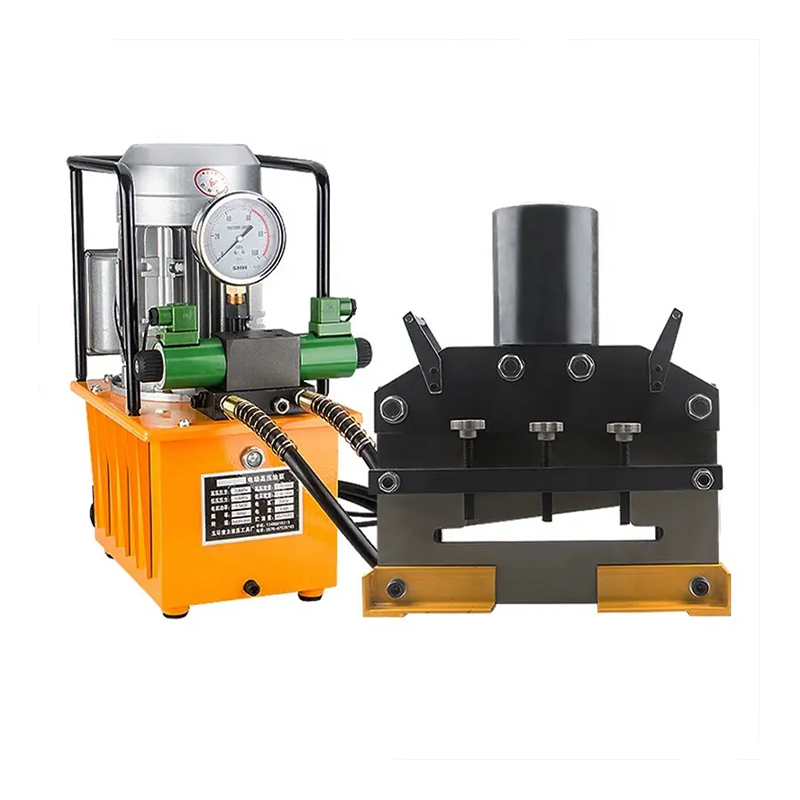



Angle iron processing machines are essential tools in industries that require precision cutting, drilling, and shaping of angle iron components. Different manufacturing sectors have varying demands, which raises the question: can angle iron processing machines be customized to meet specific industry needs?
Assessing Industry Requirements
The first step in customizing an angle iron processing machine is identifying the industry's specific requirements. Construction companies, for example, may need machines capable of handling large volumes of angle iron with consistent accuracy. Meanwhile, smaller fabrication workshops might prioritize flexibility and compact designs to fit limited floor space.
Customization begins with determining the size, thickness, and types of angle iron the machine will handle. Some industries also require specific cutting angles or the ability to perform multiple operations in a single setup. Clearly defining these needs ensures that manufacturers can design machines that align with operational goals.
Customizing Machine Features
Angle iron processing machines can often be adapted in several ways. For instance, cutting units may be adjusted to handle different widths or thicknesses of angle iron. Drilling stations can be configured for variable hole sizes, spacing, and positioning, depending on production demands.
Automation features can also be added or modified. Some factories may benefit from semi-automatic systems that reduce manual labor, while others might require fully automated processes for high-volume production. Additionally, control systems and software interfaces can be tailored to suit the operator's preferences or integrate with existing production workflows.
Material and Build Considerations
The materials used in the machine's construction can also be customized. Industries that work with heavy-duty angle iron may need machines built with reinforced frames and high-torque motors to ensure stability and longevity. In contrast, workshops with lighter workloads may prioritize cost-effective designs without compromising precision.
Safety features are another aspect of customization. Depending on regulatory requirements and operational risks, angle iron processing machines can be equipped with guards, emergency stops, or dust extraction systems to meet workplace safety standards.
Prototyping and Testing
Once customization specifications are determined, manufacturers often create prototypes or test units. This allows clients to evaluate whether the machine performs as expected under real working conditions. Adjustments can be made to improve performance, ergonomics, or ease of maintenance before final production.
This stage ensures that the customized machine will fulfill the intended purpose, reducing downtime and operational inefficiencies once it is deployed in the production environment.
Long-Term Support and Upgrades
Customizing an angle iron processing machine is not limited to initial production. Manufacturers may offer ongoing support, including maintenance, replacement parts, and software updates. Some machines are designed with modular components, allowing future upgrades or modifications as industry needs evolve.
Establishing a partnership with a machine manufacturer can provide long-term benefits, ensuring that the equipment continues to meet operational requirements and adapt to changes in production processes.
Angle iron processing machines can indeed be customized to meet specific industry requirements, from adjusting cutting capabilities and automation levels to selecting appropriate materials and safety features. By working closely with manufacturers, businesses can acquire machines that enhance productivity, efficiency, and safety, tailored to their unique operational needs.
Product
Plumbing Tool Crimping Tool Cable Cutter Holemaking Pump Cutting,Bending,Punching Tool Cylinder Cable Stripper Pipe Bender Angle Iron Processing Machine Other Tools

Keep In Touch
